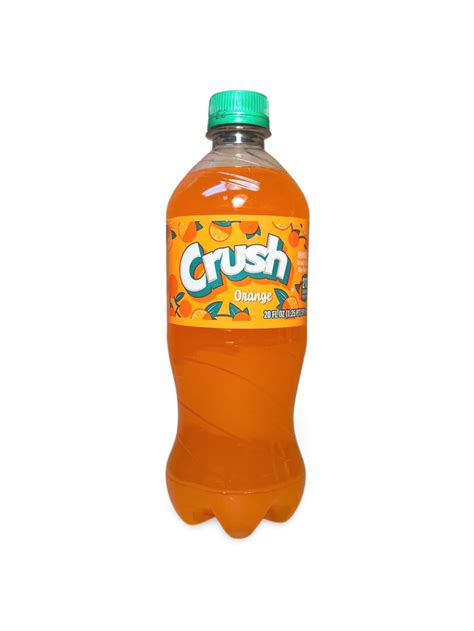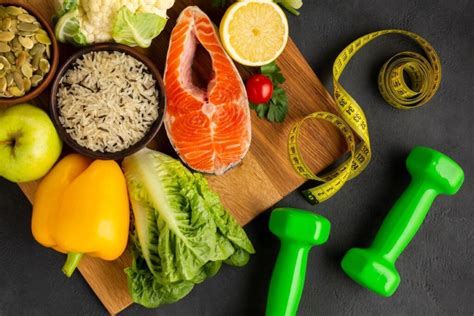Crush strength plateaus: Advanced progressive overload for peak gains?

The Inevitable Wall: Understanding Strength Plateaus
Every dedicated lifter, sooner or later, confronts the dreaded strength plateau. That moment when the weights on the bar stubbornly refuse to budge, and progress grinds to a halt. Initially, linear progressive overload—simply adding more weight or reps each week—works wonders. But the human body is remarkably adaptable, and eventually, it requires a more sophisticated stimulus to continue growing stronger. Ignoring these plateaus isn’t an option if peak gains are your goal; understanding them and employing advanced strategies is crucial.

Beyond Basic Progression: Why Advanced Methods are Essential
Simple progressive overload, while fundamental, has its limits. Our bodies can only add weight to the bar for so long before biomechanical efficiency, recovery capacity, and neurological output reach their current maximums. To shatter these ceilings, we must manipulate other variables of training stress. Advanced progressive overload isn’t just about heavier weights; it’s about strategically increasing the demands placed on the musculature and nervous system in myriad ways, forcing new adaptations.
Unlocking New Growth: Advanced Progressive Overload Techniques
To truly crush strength plateaus, you need a multi-faceted approach that goes beyond merely adding a 2.5kg plate. Here are several advanced techniques to inject new life into your training:
1. Volume and Density Manipulation
Instead of just increasing weight, focus on increasing the total amount of work done (volume) or doing the same amount of work in less time (density).
- Increasing Total Reps/Sets: Perform an extra set at a given weight, or add a few more reps to your working sets while maintaining form.
- Density Training: Reduce rest periods between sets or exercises. For example, if you normally rest 90 seconds, try 75 or 60 seconds for the same work. This improves work capacity and muscular endurance, which can indirectly boost strength.

2. Intensity Cycling and Periodization
Smart lifters understand that you can’t always train at maximal intensity. Periodization involves strategically varying your training intensity and volume over different cycles (macro, meso, micro) to optimize adaptation and prevent burnout.
- Strength Blocks: Focus on lower reps (1-5) at higher percentages of your 1RM.
- Hypertrophy Blocks: Shift to moderate reps (6-12) with slightly lighter weights and higher volume.
- Deload Weeks: Crucial for recovery and preventing overtraining, allowing your body to consolidate gains.
- RPE (Rate of Perceived Exertion) Training: Use RPE to auto-regulate your workouts. Instead of fixed percentages, aim for a certain RPE (e.g., RPE 8 means you have 2 reps left in the tank) which allows for better daily variability.
3. Tempo and Time Under Tension (TUT)
Changing the speed of your lifts dramatically alters the stimulus.
- Slow Eccentrics: Emphasize the lowering phase of a lift (e.g., 3-5 seconds). This increases time under tension, causes more muscle damage (leading to growth), and improves control.
- Pause Reps: Incorporate a 1-3 second pause at the most challenging point of a lift (e.g., bottom of a squat, chest on bench press). This eliminates the stretch reflex, forcing muscles to work harder from a dead stop.
- Controlled Concentrics: Don’t just yank the weight up; maintain tension throughout the entire concentric (lifting) phase.

4. Specialized Training Modalities
While not strictly “progressive overload” in the traditional sense, these methods can be strategically integrated to facilitate further overload.
- Drop Sets: After hitting failure on a set, immediately drop the weight and continue for more reps. This extends the set and pushes past initial muscular fatigue.
- Rest-Pause: Perform a set to near failure, rack the weight, take a short rest (10-20 seconds), then perform a few more reps with the same weight. Repeat for several mini-sets.
- Supersets/Compound Sets: Pairing two exercises back-to-back with minimal rest. While often used for hypertrophy or conditioning, heavy compound supersets (e.g., squats followed by lunges) can increase metabolic stress and work capacity.
The Foundation: Nutrition and Recovery
No amount of advanced training will yield peak gains if your nutrition and recovery are neglected.
- Optimal Protein Intake: Essential for muscle repair and growth.
- Caloric Surplus: To gain strength and muscle, you generally need to be in a slight caloric surplus.
- Adequate Sleep: 7-9 hours of quality sleep per night is non-negotiable for recovery, hormone regulation, and nervous system repair.
- Stress Management: Chronic stress can impair recovery and hinder progress.

Programming for Peak Gains
Integrating these techniques requires thoughtful programming. Don’t throw everything in at once. Instead, cycle through different methods, focusing on one or two advanced principles for a training block (e.g., 4-6 weeks). Track your progress meticulously, including not just weight and reps, but also tempo, rest times, and RPE. Listen to your body and be prepared to adapt your plan.

Conclusion: Smart Training for Unstoppable Progress
Crushing strength plateaus and achieving peak gains isn’t about training harder all the time; it’s about training smarter. By moving beyond basic progressive overload and strategically employing advanced techniques like volume and density manipulation, intensity cycling, tempo training, and specialized modalities, you can continuously challenge your body in new ways. Combine these intelligent training strategies with impeccable nutrition and recovery, and you’ll find that those stubborn plateaus aren’t walls at all, but merely stepping stones to your next level of strength and development.








